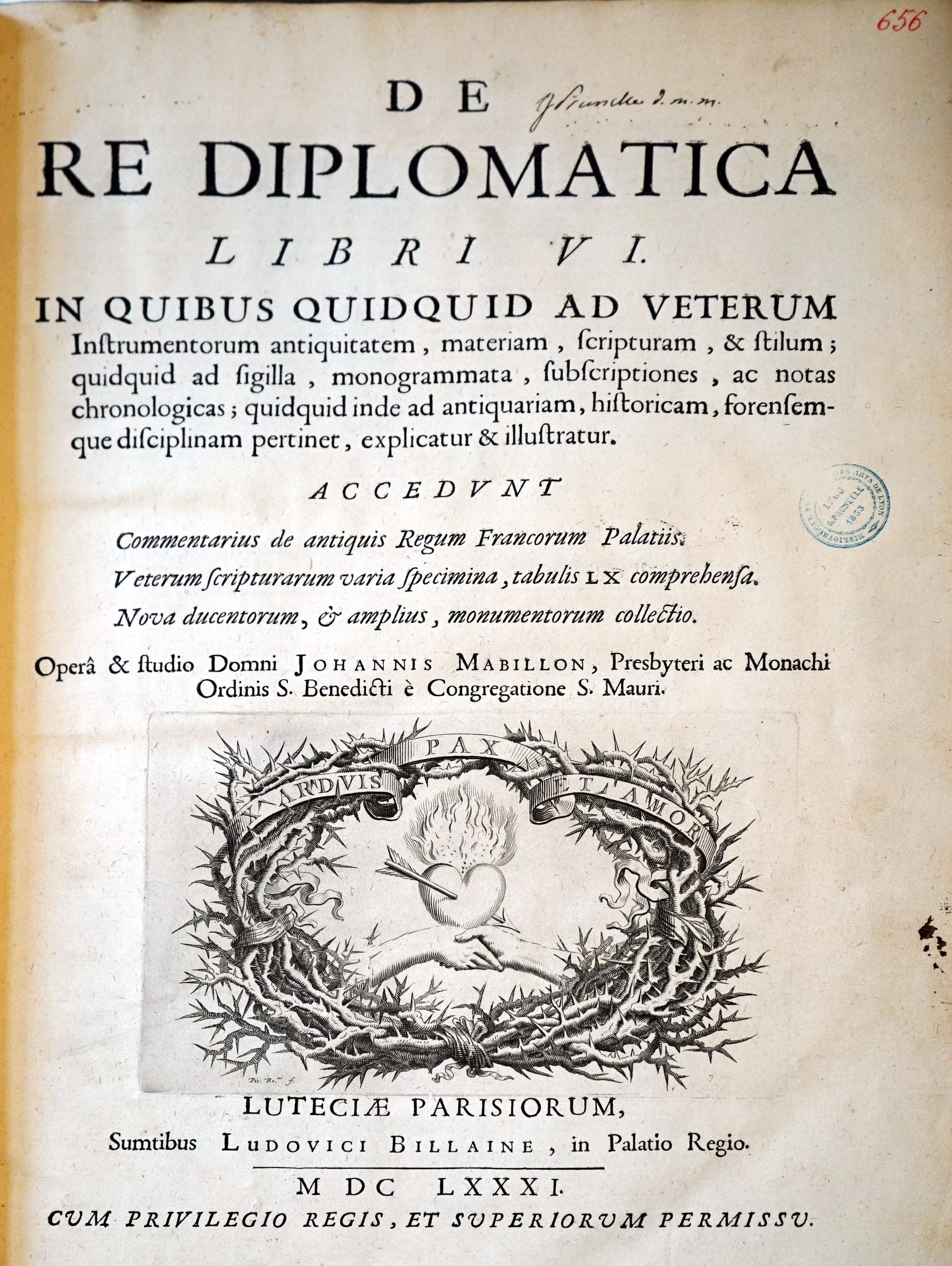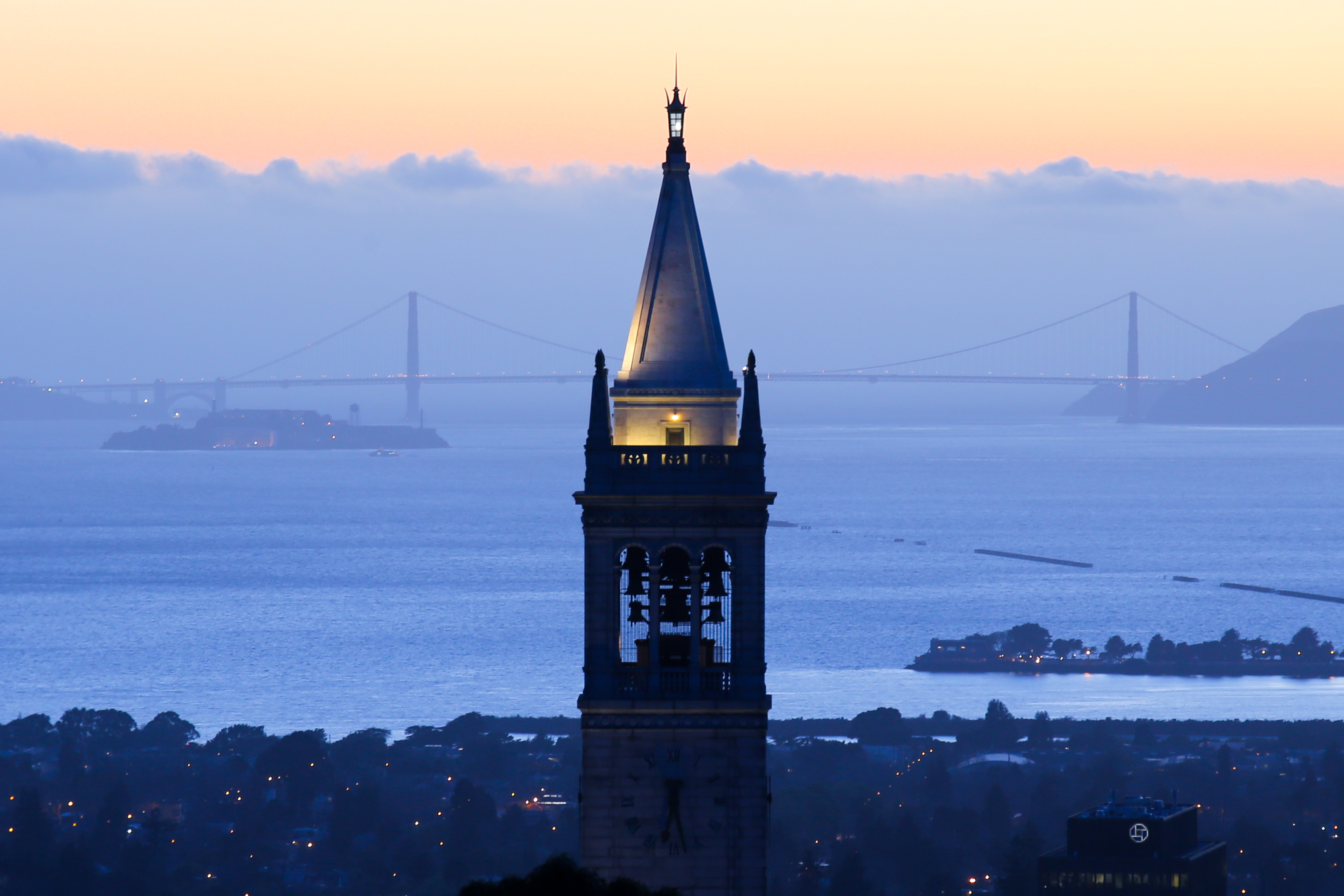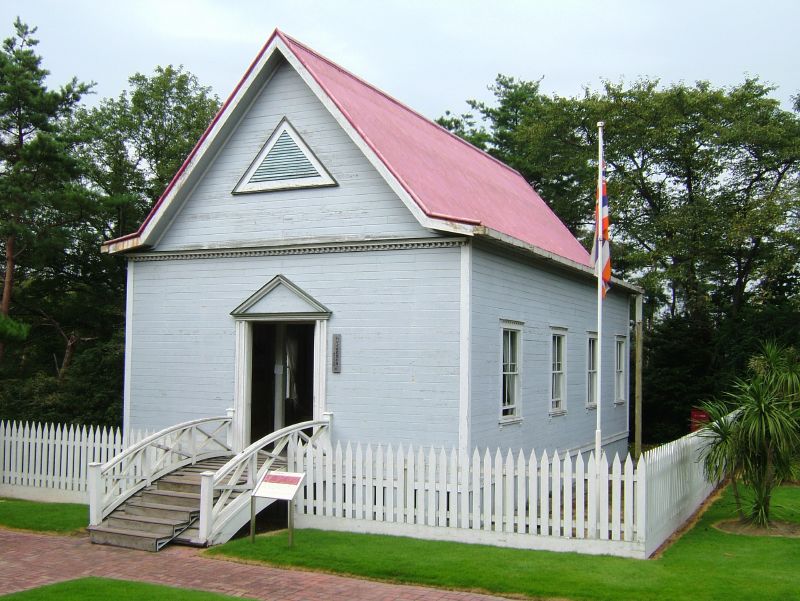|
Consulate-General Of Japan, Honolulu
is Japan's diplomatic facility in the City and County of Honolulu, Hawaii, United States. The facility is located at 1742 Nuuanu Avenue. The facility's jurisdiction includes Hawaii and American Samoa. As of January 2021 the Consul General is Yutaka Aoki. History In 1885 Japan's first consular facility, Consular Office of Japan, opened within the Royal Hawaiian Hotel; as of 2008 the facility now houses the Hawaii State Art Museum. The Japanese government upgraded the facility to a consulate-general on November 17 of that year. On February 14, 1886, Taro Ando, a gannenmono who had become Japan's first consul general in the Kingdom of Hawaii, purchased land from Judge M.A. Austin; Ando opened the Japanese consulate on the parcel at the intersection of Nuuanu Street and Kuakini Street; the facility included the residence and the business office. [...More Info...] [...Related Items...] OR: [Wikipedia] [Google] [Baidu] |
Honolulu
Honolulu (; ) is the capital and largest city of the U.S. state of Hawaii, which is in the Pacific Ocean. It is an unincorporated county seat of the consolidated City and County of Honolulu, situated along the southeast coast of the island of Oahu, and is the westernmost and southernmost major U.S. city. Honolulu is Hawaii's main gateway to the world. It is also a major hub for business, finance, hospitality, and military defense in both the state and Oceania. The city is characterized by a mix of various Asian, Western, and Pacific cultures, reflected in its diverse demography, cuisine, and traditions. ''Honolulu'' means "sheltered harbor" or "calm port" in Hawaiian; its old name, ''Kou'', roughly encompasses the area from Nuuanu Avenue to Alakea Street and from Hotel Street to Queen Street, which is the heart of the present downtown district. The city's desirability as a port accounts for its historical growth and importance in the Hawaiian archipelago and the broader P ... [...More Info...] [...Related Items...] OR: [Wikipedia] [Google] [Baidu] |
Kingdom Of Hawaii
The Hawaiian Kingdom, or Kingdom of Hawaiʻi ( Hawaiian: ''Ko Hawaiʻi Pae ʻĀina''), was a sovereign state located in the Hawaiian Islands. The country was formed in 1795, when the warrior chief Kamehameha the Great, of the independent island of Hawaiʻi, conquered the independent islands of Oʻahu, Maui, Molokaʻi and Lānaʻi and unified them under one government. In 1810, the whole Hawaiian archipelago became unified when Kauaʻi and Niʻihau joined the Hawaiian Kingdom voluntarily. Two major dynastic families ruled the kingdom: the House of Kamehameha and the House of Kalākaua. The kingdom won recognition from the major European powers. The United States became its chief trading partner and watched over it to prevent other powers (such as Britain and Japan) from asserting hegemony. In 1887 King Kalākaua was forced to accept a new constitution in a coup by the Honolulu Rifles, an anti-monarchist militia. Queen Liliʻuokalani, who succeeded Kalākaua in 1891, trie ... [...More Info...] [...Related Items...] OR: [Wikipedia] [Google] [Baidu] |
Diplomatic Missions In Honolulu
Diplomatics (in American English, and in most anglophone countries), or diplomatic (in British English), is a scholarly discipline centred on the critical analysis of documents: especially, historical documents. It focuses on the conventions, protocols and formulae that have been used by document creators, and uses these to increase understanding of the processes of document creation, of information transmission, and of the relationships between the facts which the documents purport to record and reality. The discipline originally evolved as a tool for studying and determining the authenticity of the official charters and diplomas issued by royal and papal chanceries. It was subsequently appreciated that many of the same underlying principles could be applied to other types of official document and legal instrument, to non-official documents such as private letters, and, most recently, to the metadata of electronic records. Diplomatics is one of the auxiliary sciences of histo ... [...More Info...] [...Related Items...] OR: [Wikipedia] [Google] [Baidu] |
Diplomatic Missions Of Japan
This is a list of diplomatic missions of Japan. Japan sent ambassadors to the Tang Dynasty, Tang Chinese court in Xi'an since 607 AD, as well as to the Goryeo, Koryo and Joseon dynasties of early Korea. For centuries, Edo period, early modern Japan did not actively seek to expand its foreign relations. The first Japanese ambassadors to a Western world, Western country travelled to Spain in 1613. Japan did not open an embassy in the United States (in Embassy of Japan in Washington, D.C., Washington, D.C.) until 1860. Honorary consulates are excluded from this listing. Current missions Africa Americas Asia Europe Oceania Multilateral organisations Gallery File:Japan Embassy in Ghana, Accra.jpg, Embassy in Accra File:Tekfen Sabanci IsBank.jpg, Building hosting the consulate-general in Istanbul File:Embassy of Japan in Bandar Seri Begawan 2.jpg, Embassy in Bandar Seri Begawan File:Thai banner.jpg, Embassy in Bangkok File:Embassy of Japan in Beijing, China ... [...More Info...] [...Related Items...] OR: [Wikipedia] [Google] [Baidu] |
San Francisco Peace Treaty
The , also called the , re-established peaceful relations between Japan and the Allied Powers on behalf of the United Nations by ending the legal state of war and providing for redress for hostile actions up to and including World War II. It was signed by 49 nations on 8 September 1951, in San Francisco, California, U.S. at the War Memorial Opera House. Italy and China were not invited, the latter due to disagreements on whether the Republic of China or the People's Republic of China represented the Chinese people. Korea was also not invited due to a similar disagreement on whether South Korea or North Korea represented the Korean people. The treaty came into force on 28 April 1952. It ended Japan's role as an imperial power, allocated compensation to Allied nations and former prisoners of war who had suffered Japanese war crimes during World War II, ended the Allied post-war occupation of Japan, and returned full sovereignty to it. This treaty relied heavily on the United Nati ... [...More Info...] [...Related Items...] OR: [Wikipedia] [Google] [Baidu] |
Japanese American Internment
Japanese may refer to: * Something from or related to Japan, an island country in East Asia * Japanese language, spoken mainly in Japan * Japanese people, the ethnic group that identifies with Japan through ancestry or culture ** Japanese diaspora, Japanese emigrants and their descendants around the world * Japanese citizens, nationals of Japan under Japanese nationality law ** Foreign-born Japanese, naturalized citizens of Japan * Japanese writing system, consisting of kanji and kana * Japanese cuisine, the food and food culture of Japan See also * List of Japanese people * * Japonica (other) * Japonicum * Japonicus * Japanese studies Japanese studies (Japanese: ) or Japan studies (sometimes Japanology in Europe), is a sub-field of area studies or East Asian studies involved in social sciences and humanities research on Japan. It incorporates fields such as the study of Japanese ... {{disambiguation Language and nationality disambiguation pages ... [...More Info...] [...Related Items...] OR: [Wikipedia] [Google] [Baidu] |
World War II
World War II or the Second World War, often abbreviated as WWII or WW2, was a world war that lasted from 1939 to 1945. It involved the vast majority of the world's countries—including all of the great powers—forming two opposing military alliances: the Allies and the Axis powers. World War II was a total war that directly involved more than 100 million personnel from more than 30 countries. The major participants in the war threw their entire economic, industrial, and scientific capabilities behind the war effort, blurring the distinction between civilian and military resources. Aircraft played a major role in the conflict, enabling the strategic bombing of population centres and deploying the only two nuclear weapons ever used in war. World War II was by far the deadliest conflict in human history; it resulted in 70 to 85 million fatalities, mostly among civilians. Tens of millions died due to genocides (including the Holocaust), starvation, ma ... [...More Info...] [...Related Items...] OR: [Wikipedia] [Google] [Baidu] |
University Of California
The University of California (UC) is a public land-grant research university system in the U.S. state of California. The system is composed of the campuses at Berkeley, Davis, Irvine, Los Angeles, Merced, Riverside, San Diego, San Francisco, Santa Barbara, and Santa Cruz, along with numerous research centers and academic abroad centers. The system is the state's land-grant university. Major publications generally rank most UC campuses as being among the best universities in the world. Six of the campuses, Berkeley, Davis, Irvine, Los Angeles, Santa Barbara, and San Diego are considered Public Ivies, making California the state with the most universities in the nation to hold the title. UC campuses have large numbers of distinguished faculty in almost every academic discipline, with UC faculty and researchers having won 71 Nobel Prizes as of 2021. The University of California currently has 10 campuses, a combined student body of 285,862 students, 24,400 faculty members, 1 ... [...More Info...] [...Related Items...] OR: [Wikipedia] [Google] [Baidu] |
Hawaii Pacific University
Hawaii Pacific University (HPU) is a private university in downtown Honolulu, Makapuʻu and Kāneʻohe, Hawaii. HPU is the largest private university in the central Pacific, most noted for its diverse student body of nearly 5,000 students, representing nearly 65 countries. The school's top academic programs are in Business Administration, Nursing, Biology, Diplomacy and Military Studies, and Social Work. HPU offers the onlDoctor of Physical Therapyprogram in the state of Hawaiʻi. Oceanic Institute of HPU, an aquaculture research facility, is located at Makapuu Point. HPU is also present on military installations on the island of Oahu. History HPU was founded in 1965 as Hawaii Pacific College by Paul C.T. Loo, Eureka Forbes, Elizabeth W. Kellerman, and Reverend Edmond Walker. Wanting a private liberal arts college in Honolulu, the four prominent and public-spirited citizens applied for a charter of incorporation for a not-for-profit corporation to be called Hawaii Pacific C ... [...More Info...] [...Related Items...] OR: [Wikipedia] [Google] [Baidu] |
Gannenmono
The Japanese in Hawaii (simply Japanese or “Local Japanese”, rarely Kepanī) are the second largest ethnic group in Hawaii. At their height in 1920, they constituted 43% of Hawaii's population. They now number about 16.7% of the islands' population, according to the 2000 U.S. Census. The U.S. Census categorizes mixed-race individuals separately, so the proportion of people with some Japanese ancestry is likely much larger. History Contact before 1778 Final voyage of the ''Inawaka-maru'' The first known arrival of Japanese to the Kingdom of Hawaii after Hawaiian contact with James Cook came on May 5, 1806, involving survivors of the ill-fated ship ''Inawaka-maru'' who had been adrift aboard their disabled ship for more than seventy days. The ''Inawaka-maru'', a small cargo ship built in 1798 in Osaka, was owned by Mansuke Motoya. The ''Inawaka-maru'' started its final voyage from Hiroshima to Edo (modern Tokyo) on November 7, 1805. The ship had been chartered by the ... [...More Info...] [...Related Items...] OR: [Wikipedia] [Google] [Baidu] |
Hawaii
Hawaii ( ; haw, Hawaii or ) is a state in the Western United States, located in the Pacific Ocean about from the U.S. mainland. It is the only U.S. state outside North America, the only state that is an archipelago, and the only state geographically located within the tropics. Hawaii comprises nearly the entire Hawaiian archipelago, 137 volcanic islands spanning that are physiographically and ethnologically part of the Polynesian subregion of Oceania. The state's ocean coastline is consequently the fourth-longest in the U.S., at about . The eight main islands, from northwest to southeast, are Niihau, Kauai, Oahu, Molokai, Lānai, Kahoolawe, Maui, and Hawaii—the last of these, after which the state is named, is often called the "Big Island" or "Hawaii Island" to avoid confusion with the state or archipelago. The uninhabited Northwestern Hawaiian Islands make up most of the Papahānaumokuākea Marine National Monument, the United States' largest protected ... [...More Info...] [...Related Items...] OR: [Wikipedia] [Google] [Baidu] |
Hawaii State Art Museum
The No. 1 Capitol District Building, on the site of the former Armed Services YMCA Building, now houses the Hawaii State Art Museum and the Hawaii State Foundation on Culture and the Arts. History While they were both in the cabinet, under King Kamehameha V, American politicians John Mott-Smith and Charles Coffin Harris convinced the legislature to fund a hotel. It first opened in 1872. The hotel was converted to a YMCA in 1917 and used by the military in World War I. In 1926 the termite-infested building was finally torn down, and a new one designed in Spanish mission style by Lincoln Rogers of the firm Emory & Webb. The new building was dedicated on March 16, 1928. The two-story U-shaped building includes a swimming pool in its courtyard. It is located at 250 South Hotel Street, Honolulu, Hawaii. Across Richards Street is the Hawaii State Capitol building. The area was added to the National Register of Historic Places listings in Oahu as the Hawaii Capital Historic District on ... [...More Info...] [...Related Items...] OR: [Wikipedia] [Google] [Baidu] |









